Plex: 21 February 2024
WatershedDividend Update; Emerging Bioregion Self-Awareness; The Fault In The Framework; The Importance of a Gathering Place; Where Greenery Meets Sky; Dementia; Portrait of a Nature Trail;

The Biweekly Plex Dispatch is an inter-community newspaper published by Collective Sense Commons on first and third Wednesdays of each month. Price per issue: 1 USD, or your choice of amount (even zero).
In This Issue
- #WatershedDividend Update (Kevin Jones)
- Emerging Bioregion Self-Awareness (David Witzel)
- The Fault In The Framework (Patti Cobian)
- The Importance of a Gathering Place (Ken Homer)
- Where Greenery Meets Sky (Ken Homer)
- Dementia (Ken Homer)
- Portrait of a Nature Trail (Todd Hoskins)
#WatershedDividend Update
by Kevin Jones
This is my progress on the design and implementation of the #WatershedDividend, a local, reliable source of abundance at the system level for the Swannanoa River Ecosystem.
I've taken steps towards hiring a student intern, and have already hired someone to design the fund and the dividend. It’s a complicated model, with some parts conceptually stronger but operationally questionable. To address this, I'm investing in smart young people to figure it out. I guide them by pointing where to go, give them initial research questions, partners to contact, etc.
The interns, of whom we may add more, will report to the young woman I hired to figure out the specifics. Personally, I prefer not to have anyone report directly to me. My role involves finding the funding and setting the problems to be solved.
In addition, I'm exploring opportunities on the new impact assets platform, where small groups can create a sub-account for investment purposes. My goal is to establish an investment club focused on giving to invest on this platform, especially targeting the biomedicinal market within our bioregion. This aligns with the interests of our $1 billion tourist industry.
I am hiring interns to conduct research in this area, emphasizing investments in Western North Carolina. The initial funding from me will be focused on areas where our WatershedFund is concentrated, following the principle of investing where we can make the most impact.
<squint>Emerging Bioregion Self-Awareness</squint>
by David Witzel
Bioregions are having a moment. Are we witnessing a social phase transition wherein bioregions go from coincidentally adjacent geophysical spaces to self-aware integrated living systems? Maybe if we squint?
Bioregions are geographic areas defined by the living systems rather than political boundaries. A bioregion is a natural organizing arena for regeneration efforts because it tends to contain multiple interrelated natural systems thus supporting something closer to a whole-system design opportunity.
The past dozen or so months have seen a series of bioregion identity-building events around North America including:
- Casco Bay has had 2 learning journeys hosted by Glenn Page and COBALT. One in 2022 and another in 2023.
- Regenerate Cascadia hosted the 2023 Cascadia Bioregional Summit in November
- The 7-Generation Bioregional Earth Summit for the Greater Tkaronto Bioregion (northwest shore of Lake Ontario) recently finished. Here’s their summary video (1’23”)
- Lawrence Grodeska is returning from sabbatical to promote the The Bay Delta Trust to to improve bioregional coordination in the San Francisco Bay and Sacramento-San Joaquin River Delta.
The idea of bioregionalism isn’t exactly new (here’s some fun history), but perhaps now is its time. A widespread bioregional awakening could enable an important new era for humanity and the globe as people become aware of the relationship between where we live and the living systems we are embedded in.
The Fault In The Framework
by Patti Cobian
For some time, lining the periphery of conversations about progress and innovation, something seemed apparent, but continued to remain just outside of the reach of language. It would grab my ankles and trip me when I picked up my pace, a familiar ghost; I’ve struggled to clear the tangle of its invisible web, or to free my suspicions of its nature back into the ether.
And then, a few days ago, a possibility fluttered down to me as I was driving, consenting to fit into a box of understanding that was just the right size, its edges defined enough for me to hold. As I beheld this fragile box of idea, I was able to understand:
The exotic birds of our vision and innovation, the most cherished of our shining ideas and speculations, all come from a world not of our making — so why on earth would they play by our rules?
We pin them down the moment they come close enough; we groom them, we train them, and we survey them with satisfaction; another treasure in our collection. If they survive our preening, we may try to stuff them into models and diagrams, championing them as the prize that we created, that we own, parading around these wild-caught moments of raw nature, each a precious moment of evolution itself.
But as I survey the vast landscape of idea and notion, the bleeding edges, I feel a sadness and I wonder:
What if ideas are Life itself emerging through us, living cogs of evolution, unfolding and driving itself forward? This fundamental design, this shared blueprint of all living things inherently skews along a singular vein of emergence, the pulse of Life undulating in its beauty and perfection and breathtaking complexity — if only we, the vessels, maintain a loose enough grip.
I have seen what happens to the humans who lock up an idea for too long, falling asleep night after night to the sound of wings beating against a metal cage.
I’ve watched what happens to my own body when I swallow the brilliance of a thousand ideas that have tried to come through me, only to be shut away in the dark, unseen.
Others have died in the cages of my perfectionism, only to reincarnate onto the shoulder of another artist, months or years later.
I’ve seen fabulous, robust ideas whither and shrink when they are stuffed into old, rusty cages that were made too many years ago.
And time after time, I’ve watched the untamed spirit of an idea be broken as a human boldly claims “ownership” of it, “protecting” it with copyrights and penalties, its wild potential sequestered safely away in one single bank account.
Do we make the cages, do we claim the ownership, for the same reasons that we once claimed land and religion?
What if ideas, in their dynamic magnificence, were never meant to be pinned down as static creatures, a moment in time? I fear that our endless contortions, our wrestling of the beautiful and the natural, may not be in service to the idea as we may have believed, but in service to ourselves.
Are we merely building endless frameworks under which we might find shelter from the terror that we hold, pacifying our persistent fear of the unknown, of the immeasurable and the immutable, the inbreath and outbreath of our dread of dying? Or worse, that we never mattered at all?
Can we outrun our existential terror on the backs of clever, cutting wordplay, or else the most well-laid of plans? Can we buy ourselves more time to delay the inevitable: our sinking into the knowing that we control so little – or perhaps that we control nothing at all?
I stand alone in a silent room, empty but for the cages holding the lifeless and the dead, and I can’t help but fear that I’ve had it all wrong, for too long.
The Importance of a Gathering Place
by Ken Homer
For years our friends Kiki and David
Had the perfect party house
An enclosed courtyard in the front
A spacious deck in the back overlooking a creek
And in-between a house with a large living room
Commodious kitchen – a dining room table that seats 12
Plus Kiki is a fabulous cook
At least two to three times a month
She’d put the word out to the 3 or 4 couples
Who made up our inner circle
Bocce at 4PM followed by potluck at our house
She’d make an amazing main dish
And we’d all bring sides
Wine flowed freely – weed was plentiful too
On special occasions – birthdays and holidays mainly
They’d host a party with up to 20 or 25 people
This went on for over a decade
It kept us all close and engaged in each other’s lives
Then came their announcement
We are subletting our house
We’re going to travel for a year
There was a big farewell party
There were tears too
Six months later they came back
This time with a different announcement:
We’ve decided to move to the Pacific Northwest
(To be closer to the grandkids)
This is a permanent move
All of us were happy for them and sad for us
No one else has a house that can accommodate us all
Well, in the summer we meet at the bocce court
Or out at Samuel P Taylor or on someone’s deck
But “party central” had closed with deleterious effects
On the couples who had so regularly gathered over the years
We still see each other - in smaller configurations
It’s not the same and it's not as often
When we meet we talk about how much
We miss the good old days - which ain’t coming back
It’s amazing how the right place to meet
Can enhance or diminish a community
Where Greenery Meets Sky
by Ken Homer
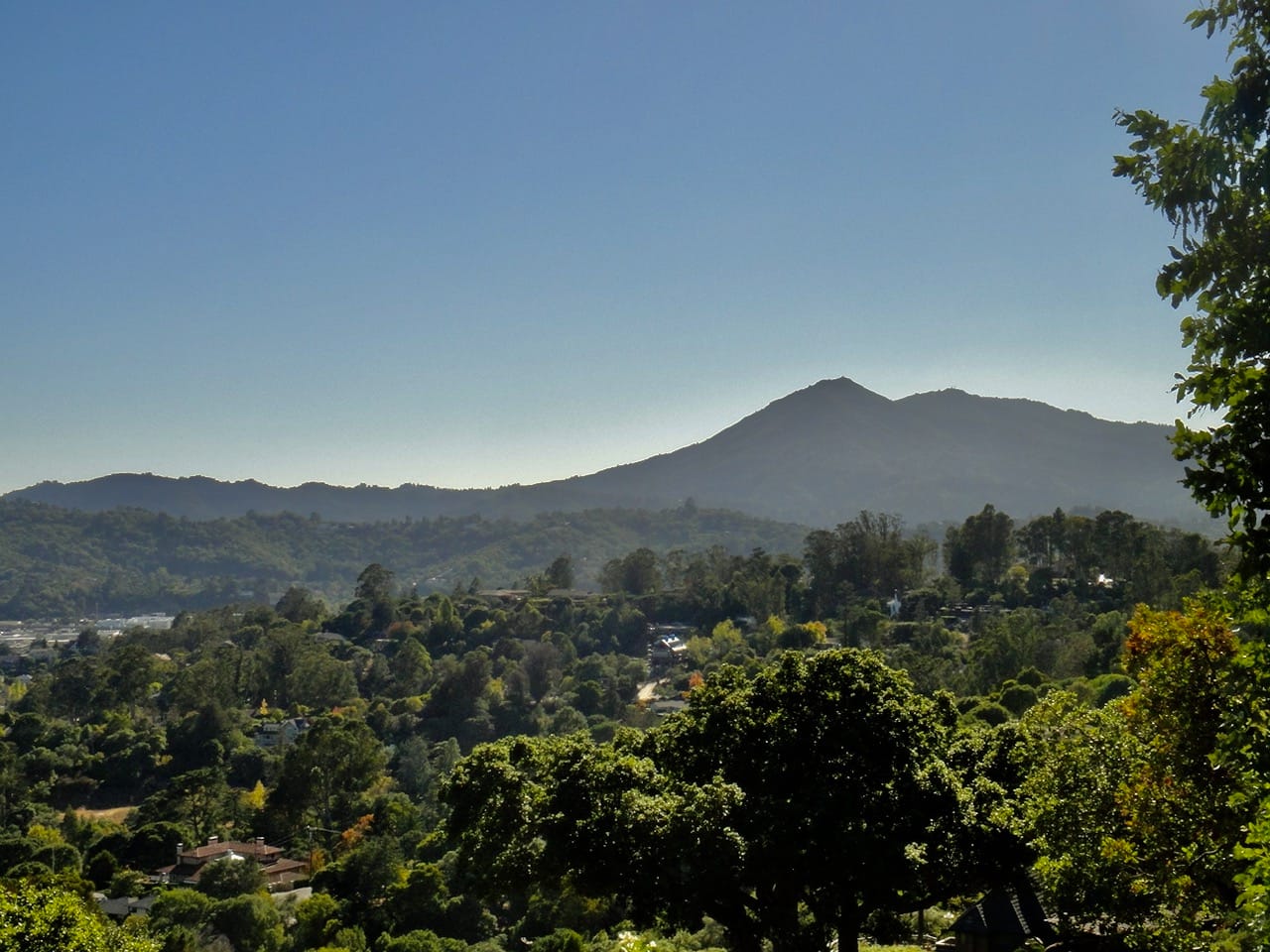

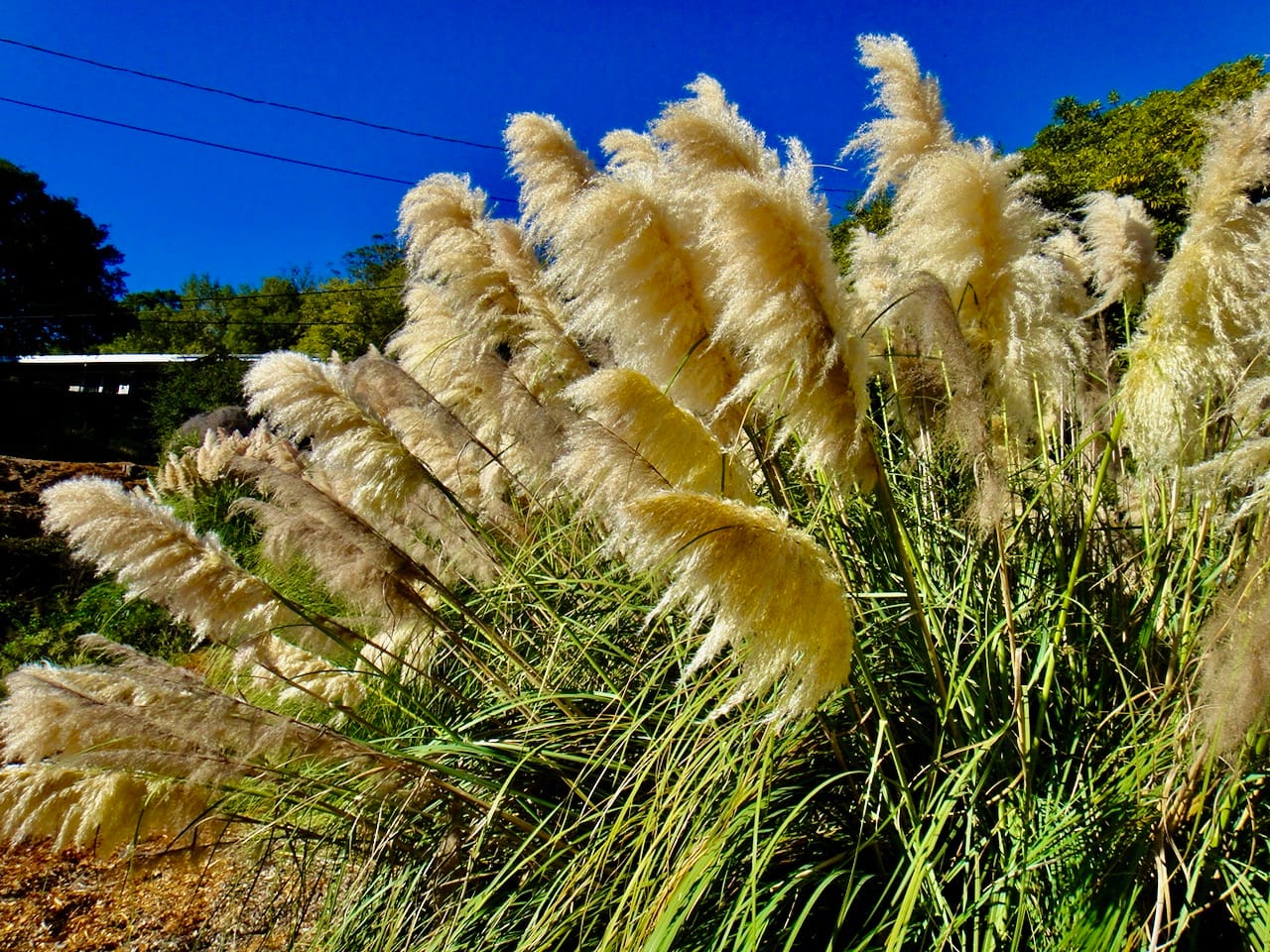
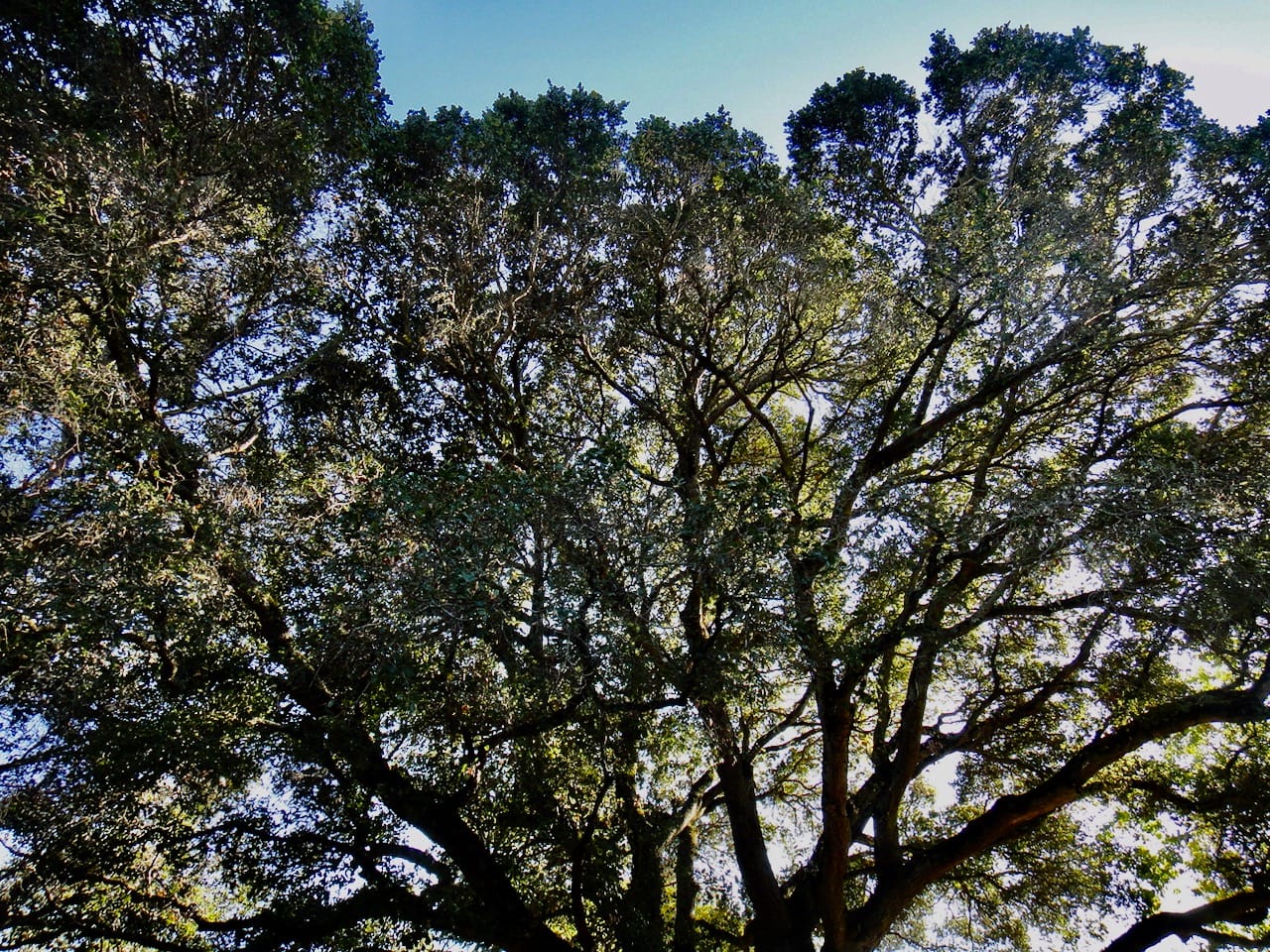
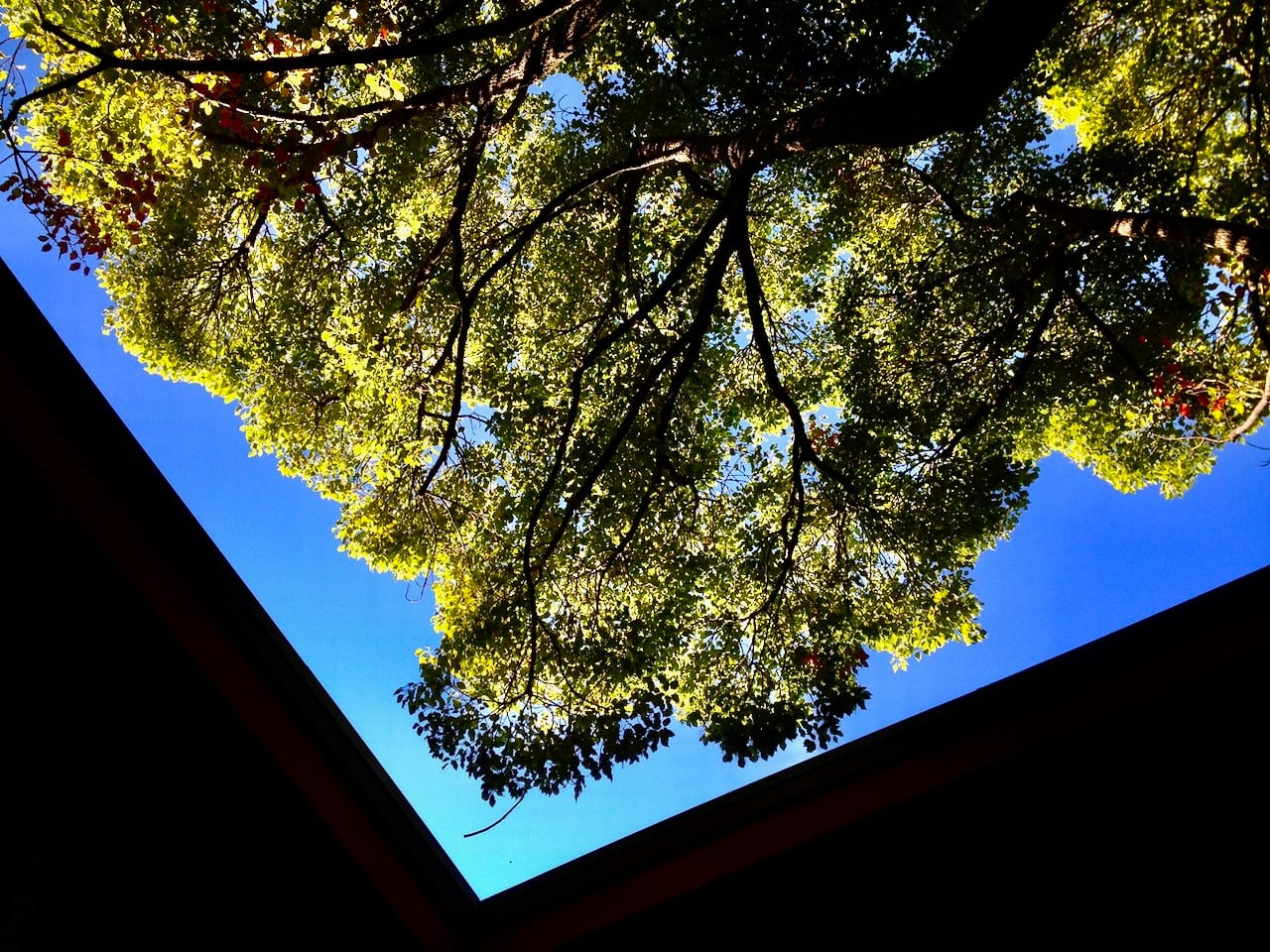
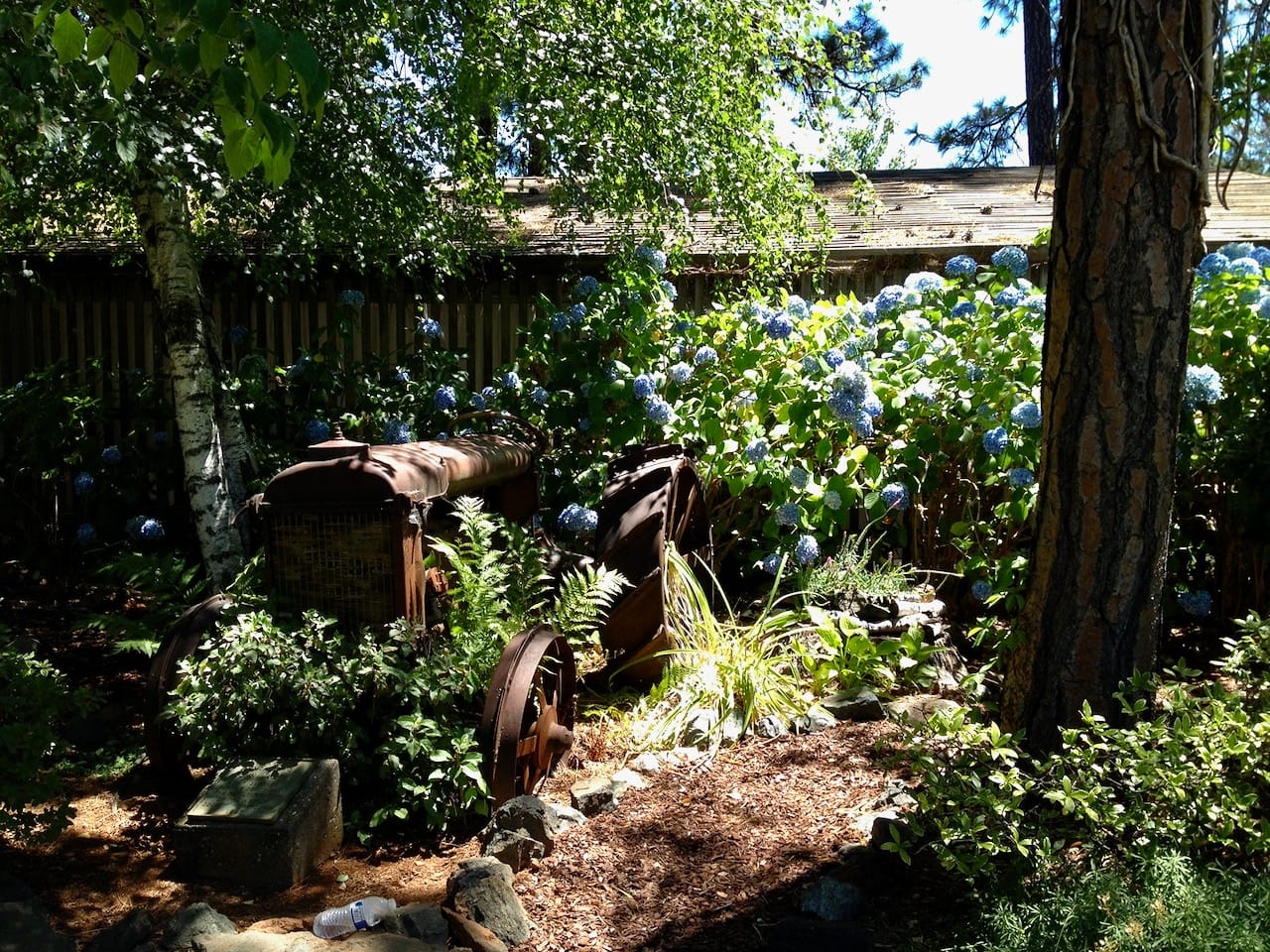
Dementia
by Ken Homer
Dementia
It’s a tragic thing
When the mind
Can no longer hold
The contents of the present
When new memories
Fail to form and
Old ones slowly fade
Like Matthew Brady’s
Silvered Civil War plates
The scenes they recorded
Once so vibrant and real
Left too long in the sun
Slowly becoming outlines
Precious details growing fainter
Until no trace is left
Of the faces and places
That made them meaningful
My dear cousin
Now 84
One of only two people alive
Who knew me
When I was a child
The only living relative
I’m on speaking terms with
Talks in circles
Asks the same questions
Over and over
Where are you?
What are you doing?
When will you visit me?
Are you married?
(She was at my wedding)
Do I know your wife?
Where are you?
Why are you in California?
What made you call me?
I give her my best
Patiently repeating
My answers
Telling her I love her
How much I miss her
All the while
My heart grows
Heavier with each
Repeated question and
Each repeated answer
She complains to me
My children
Sold my apartment
I loved it there
And now it’s gone
But next week
I am going
To get another one
On the Upper East Side
When I do
I will call you
And you can
Come and stay
With me
You’ll do that
Won’t you?
Of course I will
She asks again
Where are you?
I’m here
At least
I think I am
Sometimes it’s hard
To know for sure
Ken Homer • February 2024
Portrait of a Nature Trail
by Todd Hoskins
There’s a small nature conservancy a few miles east of Saugatuck, Michigan, a quaint little town on the shores of Lake Michigan where we lived for seven years. The Wade Memorial Nature Sanctuary is relatively small and infrequently visited since there are more majestic parks with towering sand dunes close by.
At the beginning of the COVID-19 pandemic I developed the habit of a sunrise hike with the dog, which I continue to this day. Wade was the most frequent destination for two and a half years because it was nearby and quiet, except for when the sandhill cranes were visiting.
I have likely walked that 1.1 mile loop more than 500 times. For a bit, I experimented with trail running there, too. But the trail is not groomed and protruding roots are not good for the ankles nor the gait.
I hiked because the outdoors, in addition to being my heart’s passion, was a refuge during that time. I could activate my senses, get the dog some exercise, and continue my lifelong pursuit of thinking less. Letting the body move and the mind rest.
If the Wade trail was a flavor of ice cream, she would be chocolate chip–dependable but with little frills or thrills. That’s what I thought when I began that oft-daily circle beneath the hemlocks and birches. The dog seemed to want to chase deer every day, and I was hoping to relive the moments of sighting owls, martens, tree frogs, and falcons. Wade rarely delivered a story worthy of telling at the breakfast table.
But as I became more familiar with the bends of the trail, the individual trees, the songs of the birds, and the shifting groundcover, I began to see more. There were more varieties of greens in the spring, and browns in the fall. The columbine appeared for just a short week. One day in the winter, an entire section of the forest was covered in snow fleas. I didn’t know such strange creatures existed.
The west side of the trail provides an overlook to Silver Lake, what I considered the highlight of the hike. But the modest grandiosity of the water became less so over time, and the delights delivered more in seeing how much changes every day.
I love exploring, whether it’s ideas or experiences or places. In these explorations, I’m often seeking what is new, or novel. Hiking the same trail hundreds of times showed me the surprises in the familiar, the new in the mundane. It was therapy, and it still is.
Photos taken at Wade Nature Sanctuary
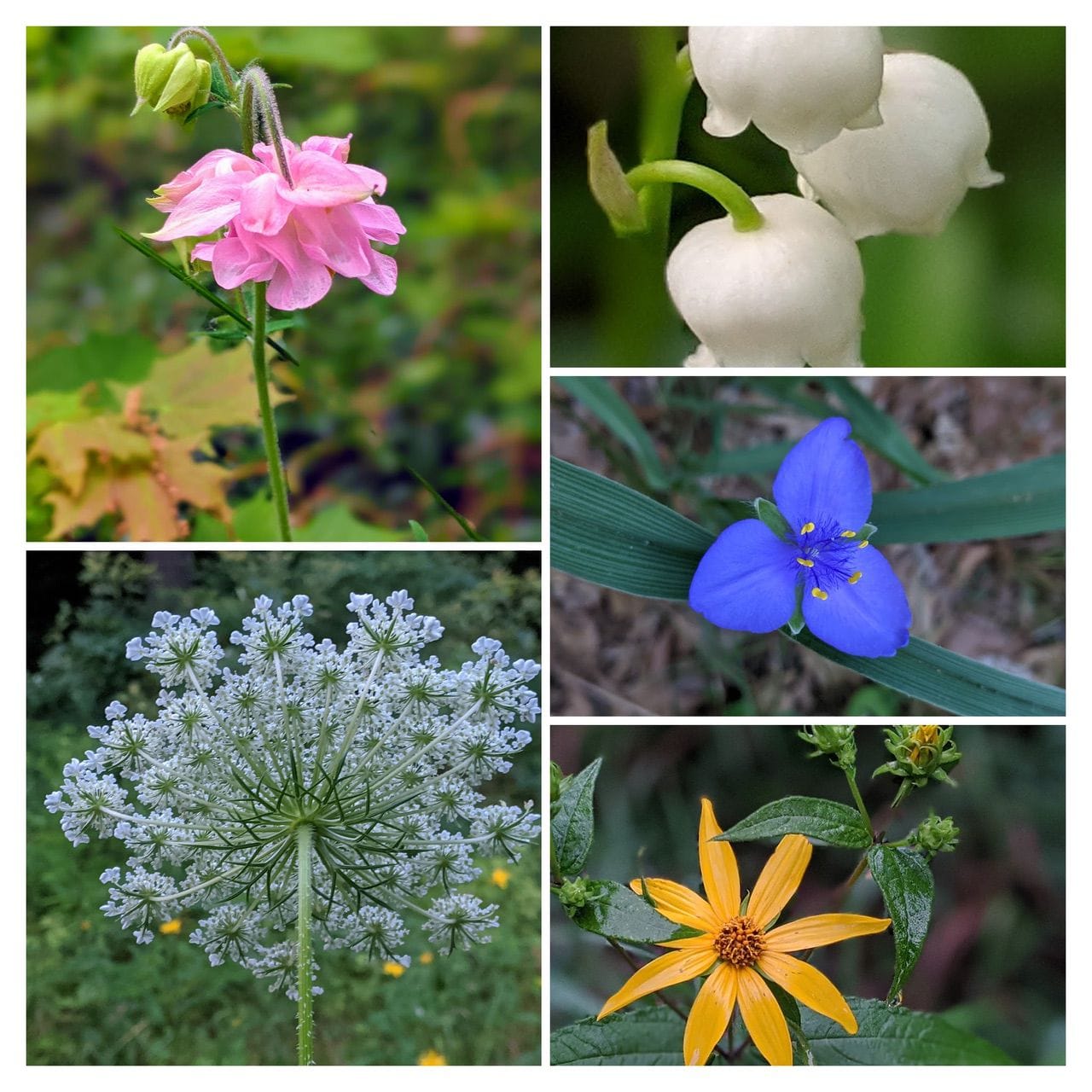
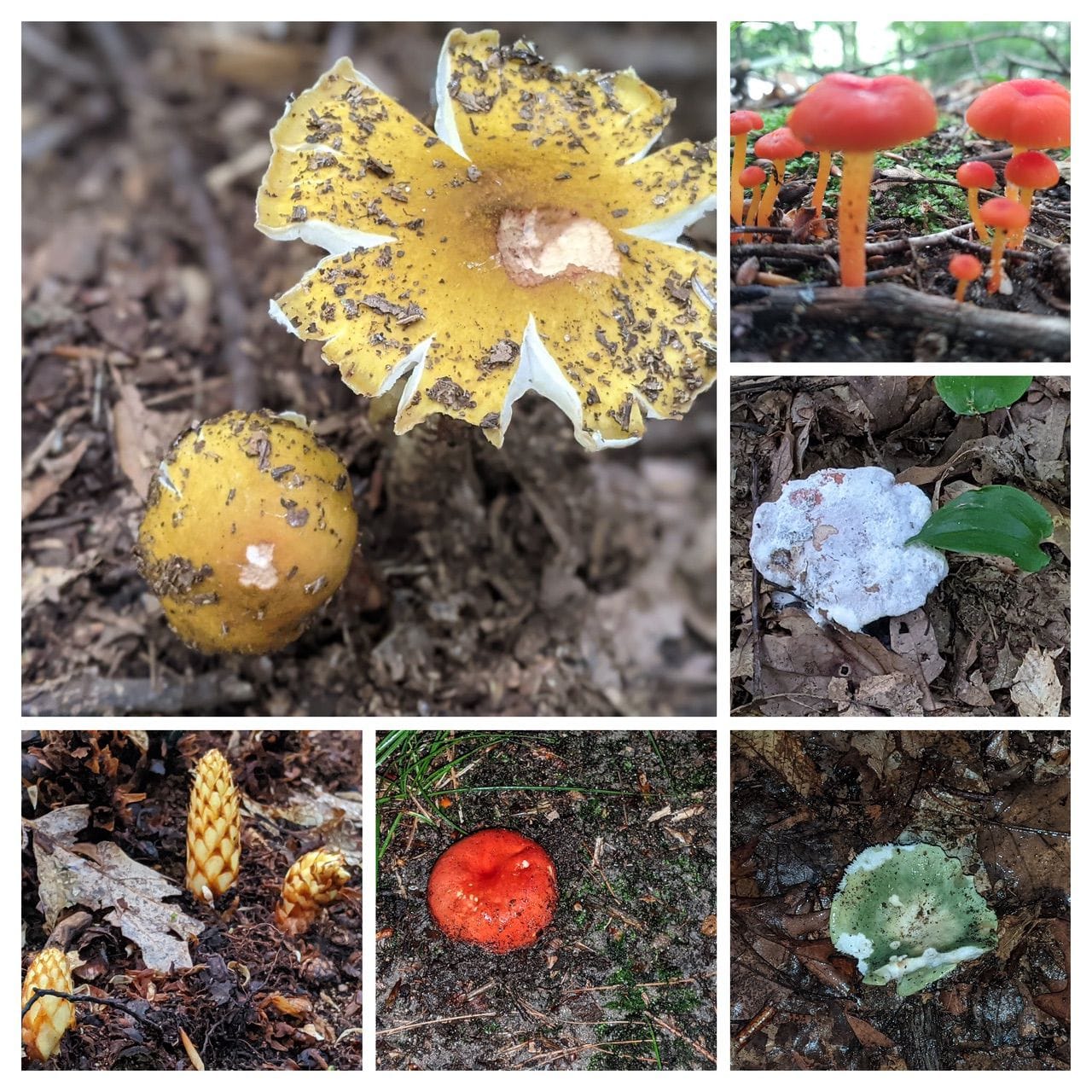
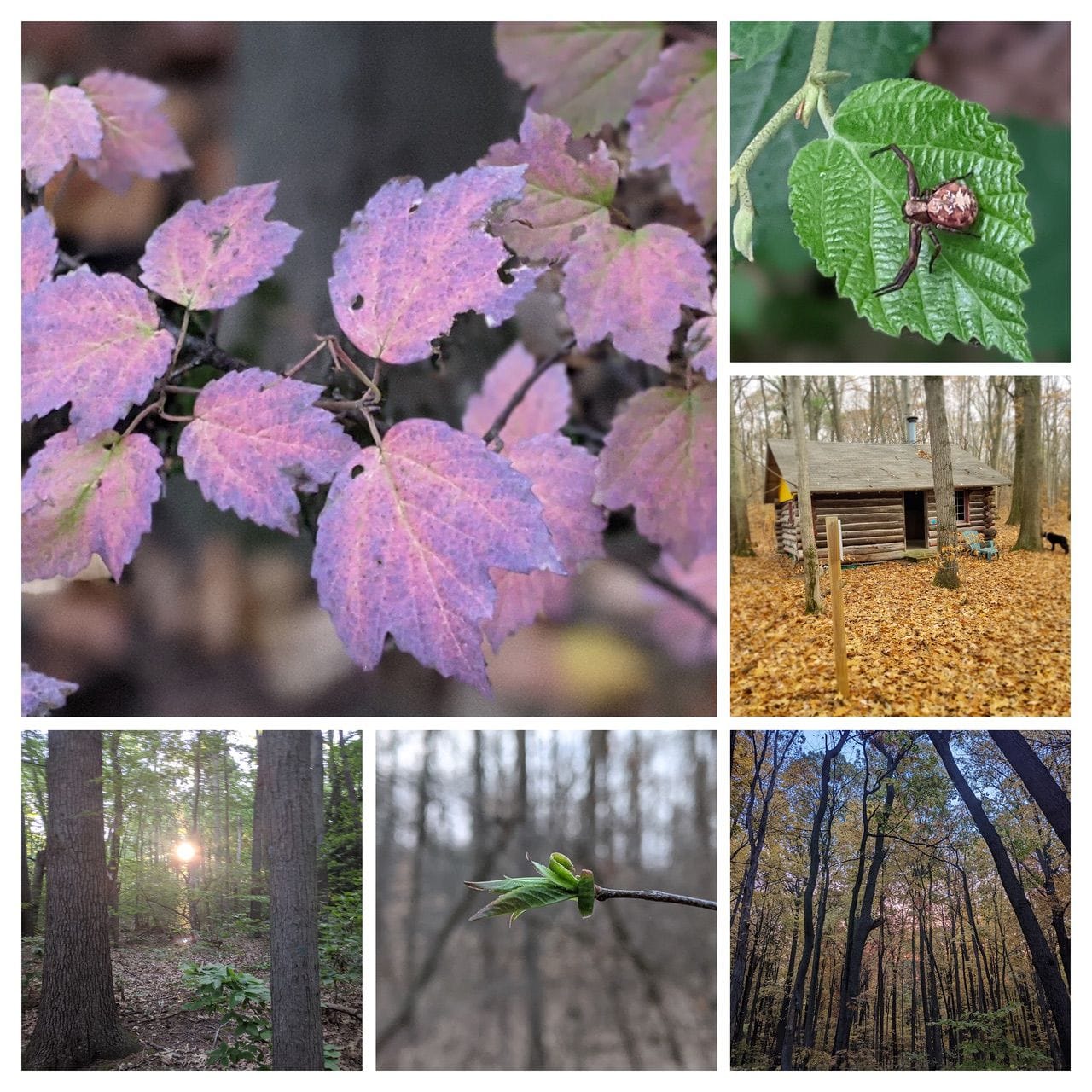
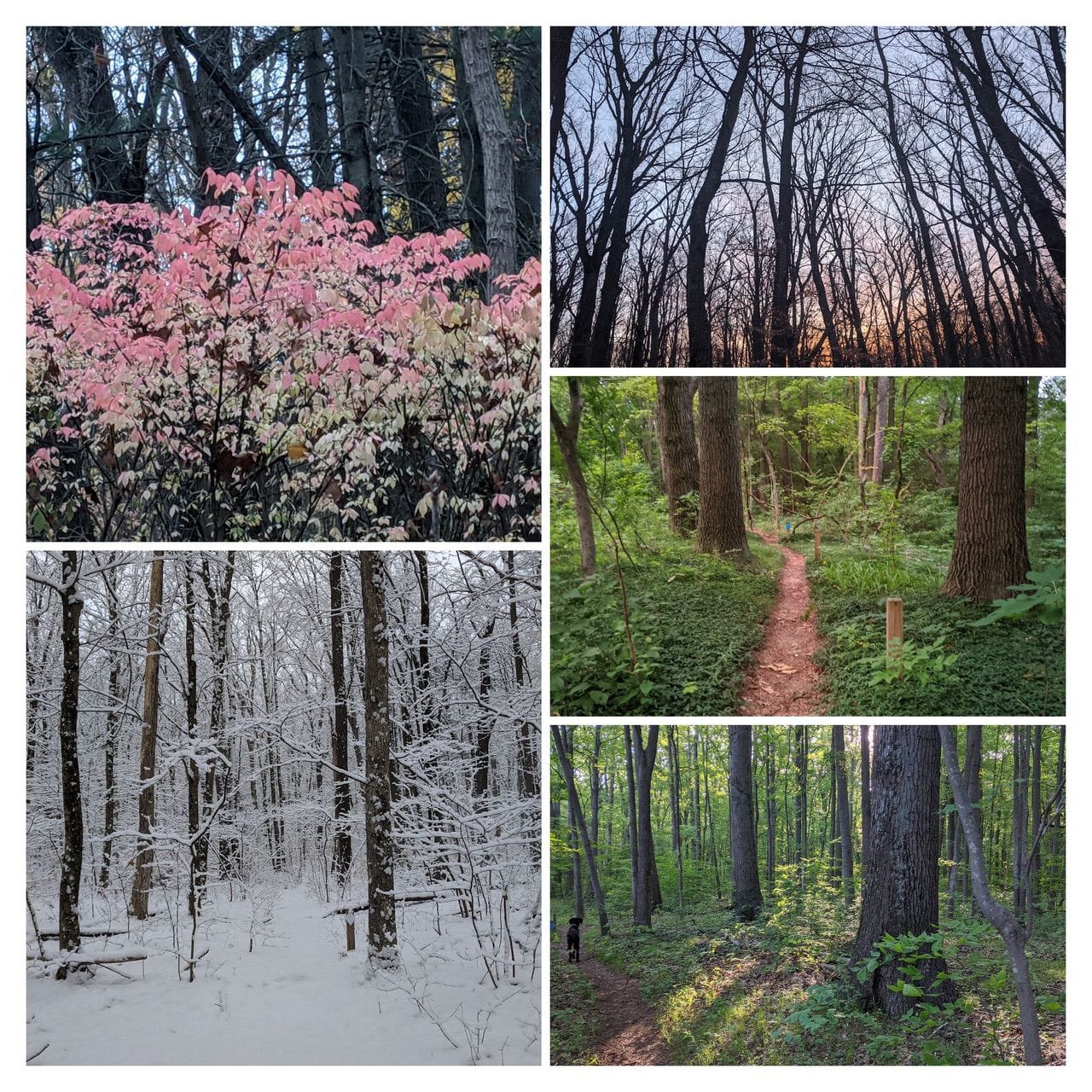
Thank you for reading! The next edition will be published on 6 March 2024. Email Pete with suggested submissions.
Grateful appreciation and many thanks to Patti Cobian, Ken Homer, Todd Hoskins, Kevin Jones, and David Witzel for their kind contributions to this issue.